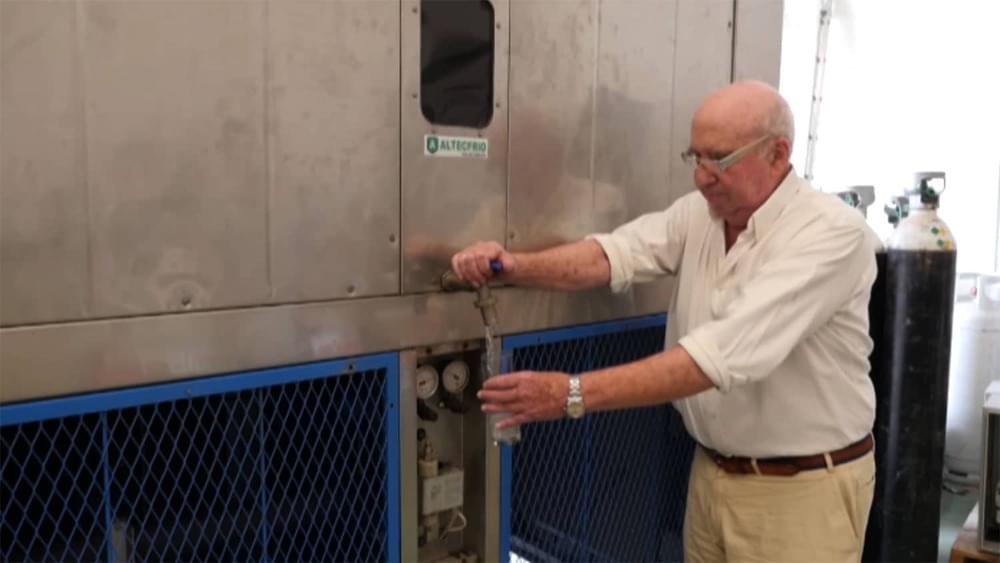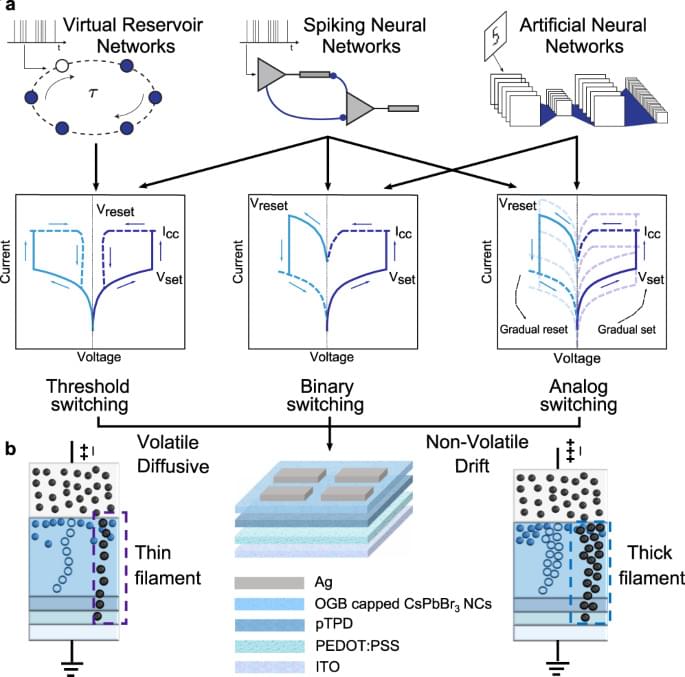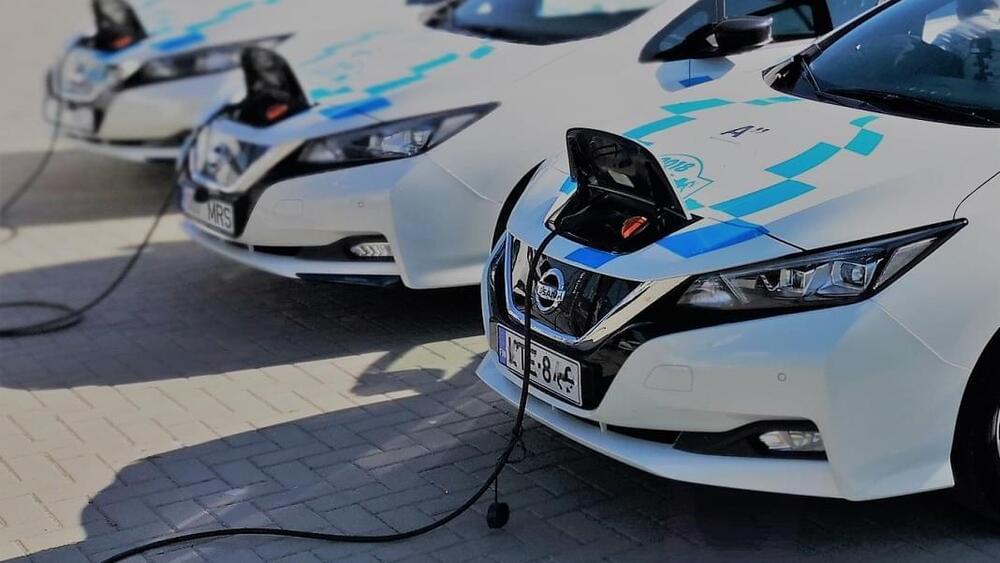A way of distinguishing between natural carbon dioxide emissions and those from burning fossil fuels could help cities and countries monitor their progress in cutting emissions.



May was using a feature on the glasses called Ally, which lets him start video calls with friends and family to get help.
“I called up one of my colleagues, Evelyn, and said, ‘What do you see?’ and she described the environment to me,” said May, chief evangelist at accessible navigation company Goodmaps. “She told me where the tables were and just gave me the lay of the land.”
Envision Glasses are built on the enterprise edition of Google Glass. (Yes, Google Glass is still alive.) Google unveiled these smart glasses back in 2013, then touting them as a way for users to take calls, send texts, snap pictures and look at maps, among other things, right from the headset. But after a limited — and unsuccessful — release, they never hit store shelves.

There is nothing more essential to life on Earth than water. It’s a cruel irony that the majority of the world’s surface is covered in water, yet only a fraction of it is suitable for human consumption. Around 785 million people globally still lack access to clean, safe drinking water.
With an aim to provide drinking water where no other sources of water are available, a Spanish company, Aquaer, has devised a machine capable of extracting drinking water from thin air. Invented by Enrique Veiga, the 82-year-old engineer, the machine can operate even in areas where humidity is low, as in the desert.
The machines utilize the same principle that causes condensation in air-conditioning units. It uses electricity to cool the surrounding air, and then it takes the process a step further by condensing the water vapor.
Replacing motors with electrostatic brakes can boost the energy-efficiency of robot limbs, although the robots are slower.

Using nanotechnology, scientists have created a newly designed neuromorphic electronic device that endows microrobotics with colorful vision.
Researchers at Georgia State University have successfully designed a new type of artificial vision device that incorporates a novel vertical stacking architecture and allows for greater depth of color recognition and micro-level scaling. The new research study was published on April 18, 2022, in the top journal ACS Nano.
“This work is the first step toward our final destination–to develop a micro-scale camera for microrobots,” says assistant professor of Physics Sidong Lei, who led the research. “We illustrate the fundamental principle and feasibility to construct this new type of image sensor with emphasis on miniaturization.”

California-based startup Air Protein has developed a meat alternative called Air Meat, which is made using microbes that turn recycled carbon dioxide into protein.
Described by Air Protein as “the meat of tomorrow”, Air Meat was designed to replicate the flavour and texture of real meat products such as steak.

Existing memristive devices cannot be reconfigured to meet the diverse volatile and non-volatile switching requirements, and hence rely on tailored material designs specific to the targeted application, limiting their universality. “Reconfigurable memristors” that combine both ionic diffusive and drift mechanisms could address these limitations, but they remain elusive. Here we present a reconfigurable halide perovskite nanocrystal memristor that achieves on-demand switching between diffusive/volatile and drift/non-volatile modes by controllable electrochemical reactions. Judicious selection of the perovskite nanocrystals and organic capping ligands enable state-of-the-art endurance performances in both modes – volatile (2 × 106 cycles) and non-volatile (5.6 × 103 cycles). We demonstrate the relevance of such proof-of-concept perovskite devices on a benchmark reservoir network with volatile recurrent and non-volatile readout layers based on 19,900 measurements across 25 dynamically-configured devices.


Crucially, the Nissan-NASA partnership is also focusing on batteries that don’t rely on rare metals, like cobalt (of which more than half the global supply is in the Democratic Republic of the Congo, as highlighted in an episode of the New York Times Daily podcast last month), nickel, or manganese.
But getting rid of those metals means finding materials with comparable properties to replace them, which will be no simple task. Here’s where NASA’s computing chops will lend the partnership a much-needed hand. They plan to create an original material informatics platform—that is, a massive database that runs simulations of how various materials interact with one another. When the platform narrows countless options and combinations down to a few prime candidates, researchers can then start testing them.
Nissan has targeted 2028 as the year to roll out its proprietary solid-state batteries. How realistic that timing turns out to be remains to be seen (Toyota is even more ambitious, aiming to have its own vehicles with solid-state batteries on the market by 2025), b ut Nissan is putting its money where its mouth is with plans to open a pilot plant in Japan in 2024. How this plays out will be revelatory, as scaling up manufacturing of solid-state batteries has produced unexpected complications in the past. Encouragingly, startup Solid Power ha s also targeted 2028 for comm ercializing its solid-state batteries.
The author of ‘How We Read’ Now explains.